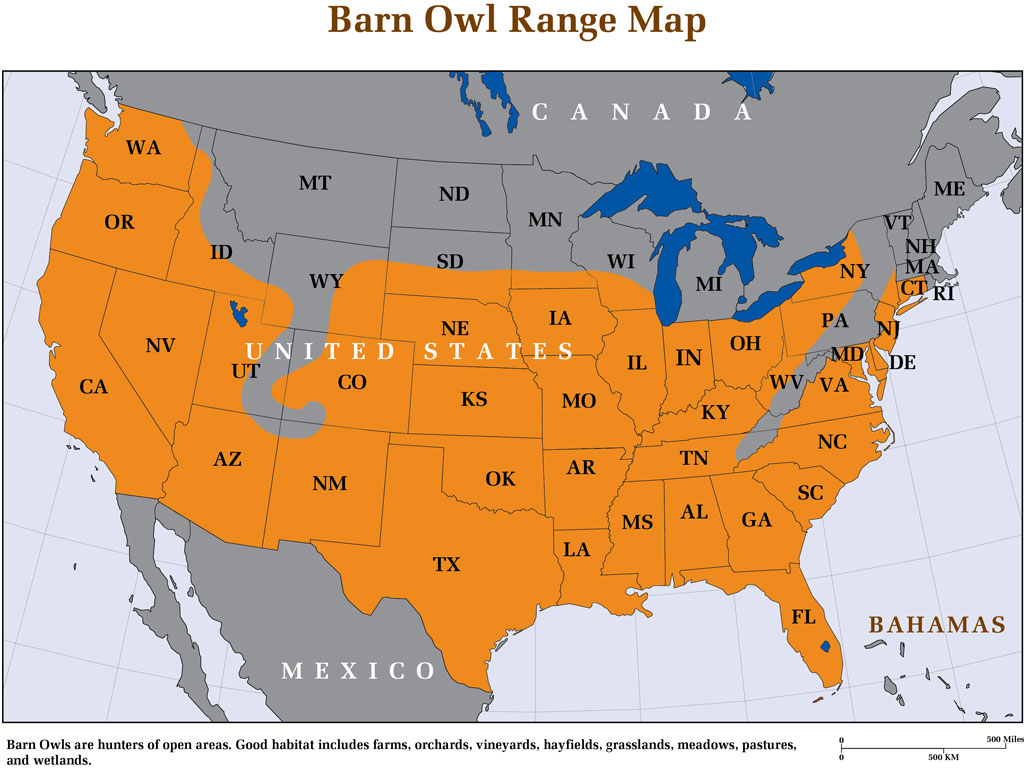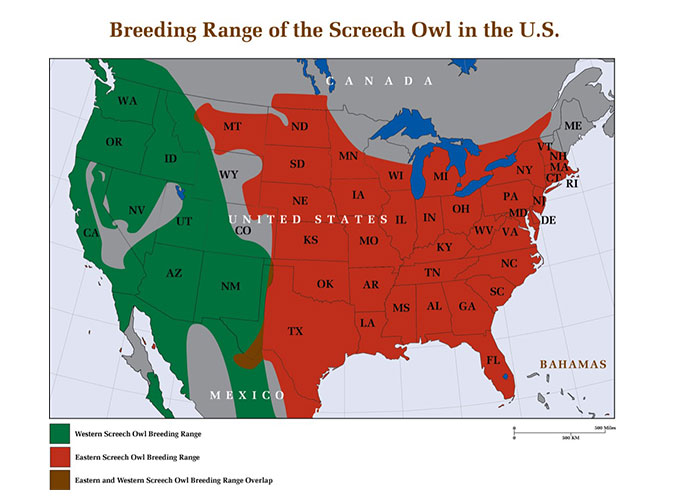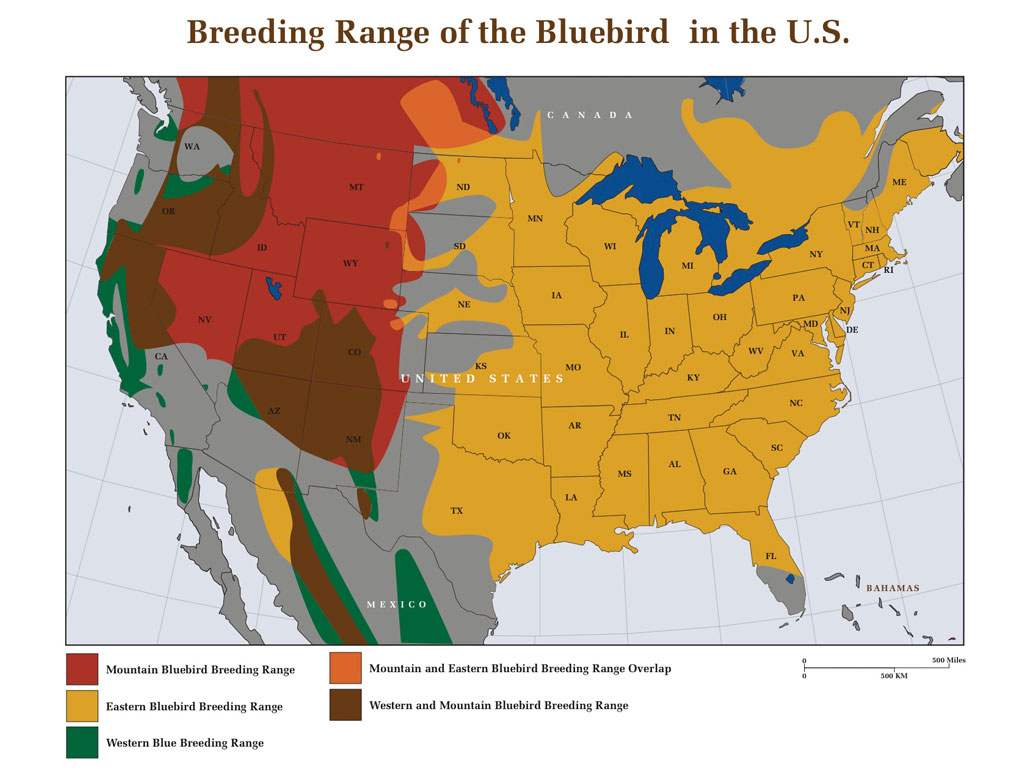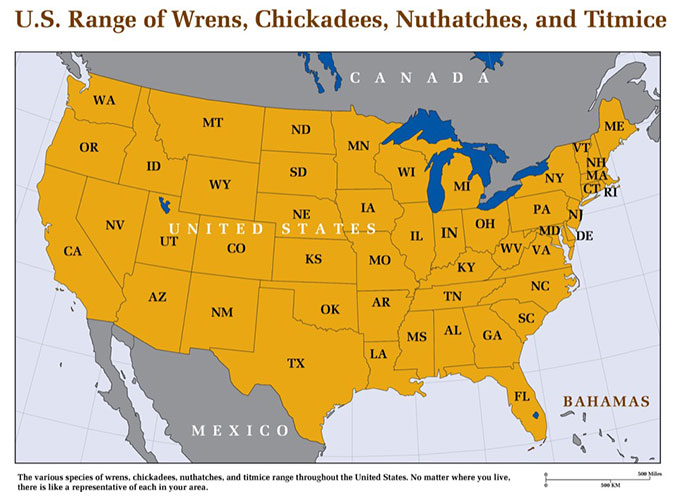Free Shipping to the Contiguous United States
Newly Published Paper Shows How Barn Owls Can Reduce Rodents in Agriculture
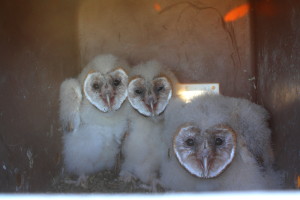
The Barn Owl/Rodent Study
Just published in the Journal of Pest Management, Newport Beach, California: From 2011 through 2013, researcher Mark Browning and a team of students from U.C. Davis and Columnes River College saturated a 100-acre vineyard south of Sacramento, California with 25 barn owl nest boxes, eventually resulting in a population of 36 adult owls that fledged 66 young. This produced a population of 102 barn owls hunting the vineyard and surrounding area. Using data gleaned from nest box cams, the research was able to conclude that this rather incredible density of owls consumed 30,000 + rodents over a three year period. Statistical analysis showed a strong correlation of number of owls to a decline in rodent activity. This study is the first of its kind to accurately record the number of rodent deliveries to growing barn owl chicks, and the first to establish the economic value of barn owls to farmers and property owners. Cost comparison data showed that the average cost of trapping per rodent was $8.11 while the nest box program resulted in a cost of .27 per rodent taken by barn owls. This provides very valuable and useful information for farmers to use in assessing the effectiveness and results of barn owl nest box programs.
Here is the full text of the paper:
Prey Consumption by a Large Aggregation of Barn Owls in an Agricultural Setting

